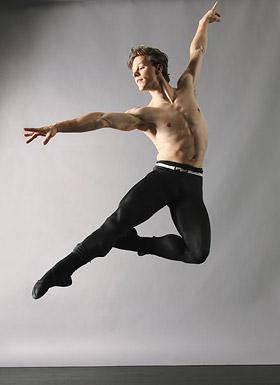 Grace
Grace The Dance of Grace
 Thursday, January 8, 2015 at 09:11AM
Thursday, January 8, 2015 at 09:11AM  Last year I saw a real dancer dance. I sat just ten feet away and watched: I marveled at the motion. His leaps seemed effortless; his steps flowed like water; his hand opened a pathway through which his arm, his shoulder, his torso, and his legs followed. As I watched, the music melted away and I watched as motion, pure motion, become a paintbrush. Air was a canvas; the painting vanished after each step, yielding straightaway to another. When the dance ended, I was left with a memory of the painting. Months later, the memory remains.
Last year I saw a real dancer dance. I sat just ten feet away and watched: I marveled at the motion. His leaps seemed effortless; his steps flowed like water; his hand opened a pathway through which his arm, his shoulder, his torso, and his legs followed. As I watched, the music melted away and I watched as motion, pure motion, become a paintbrush. Air was a canvas; the painting vanished after each step, yielding straightaway to another. When the dance ended, I was left with a memory of the painting. Months later, the memory remains.
Nor is the memory about the dancer, but rather the dance. Although the dance did not exist apart from the dancer, he and the motion were indistinguishable. He disappeared in the dance.
The single word for this description is “graceful.” Yet such grace was anything but natural: this grace came as the result of years of discipline, practice, effort and sacrifice. The dancer, I’m sure, had fallen and suffered injury again and again. Certainly he had struggled with doubt, embarrassment, pain, fear, awkwardness, and discouragement. What emerged from the studio was a kind of resurrection, a resurrection of grace and beauty.
Grace grew from effort and focus. His motion inspired others. His art gave glory to God, and while it had the look of spontaneity it was anything but spur of the moment. Such grace grew from devotion: love of craft and creator.
I saw grace in motion, and my idea of grace deepened and grew. What he had done in the natural, I began to desire in the Spirit. What does grace look like in everyday life? No dictionary can tell the tale; no theologian can describe the beauty: we must see it firsthand—but look sharp, this kind of grace disappears as quickly as it comes.
What if grace dances all around us? What do you suppose such gracefulness looks like in our relationships with others? And in what studio do we learn the dance of divine love?


Reader Comments